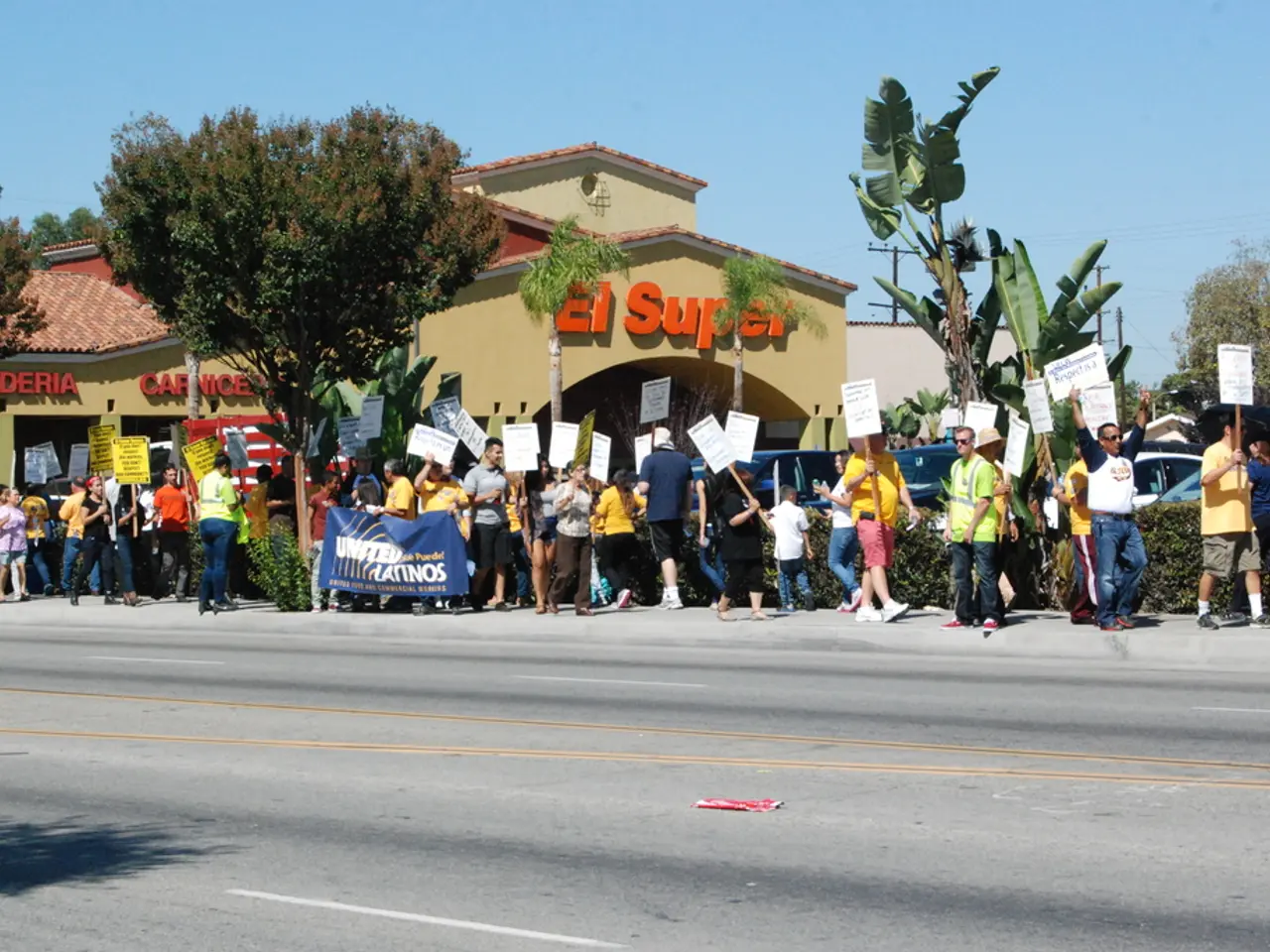Political Data Strategies for Maximizing Campaign Influence
In the modern political landscape, data modeling has emerged as a powerful tool for political campaigns. This innovative approach explains past trends and forecasts future voter behavior and outcomes, driving significant impact on campaign strategies.
Data modeling techniques, such as regression analysis, clustering, decision trees, neural networks, and predictive modeling, are now being employed in politics. These methods help identify voter segments, predict election outcomes, and optimize campaign strategies for better outreach.
One of the key techniques is opinion dynamics modeling. Unlike traditional models that treat individual beliefs as binary states, opinion dynamics models treat beliefs as continuous variables, enabling nuanced tracking of voter opinion shifts over time. By quantifying beliefs on a spectrum, campaigns can measure not just whether a voter adopts a message but how their attitudes change in intensity.
Geospatial data modeling is another essential technique. Campaigns can map voter registration, demographics, and political contributions spatially to identify key target areas and donor types. This visualization can guide targeted messaging and resource allocation, providing valuable insights into campaign dynamics.
Integrated social data science methods combine large-scale digital data (e.g., online behavior, social media interactions) with traditional qualitative research (e.g., interviews, surveys). This approach compensates for the limitations of pure big-data analytics, which can show what is happening but not always explain why. Mixed methods can help understand voter motivations and the effectiveness of campaign messaging in real-world contexts.
Experimentation and real-time data are crucial components of effective data modeling for political campaigns. Using experiments (e.g., message testing) near election times supports hypothesis testing about message effects. Dynamic models need to account for changing voter priorities and competitive campaign actions, making continuous data updating and responsiveness critical.
Advanced polling techniques focus not only on expressed attitudes but also on likely voter behavior when trade-offs and costs are presented. Data models combining attitudinal and behavioral insights better predict electoral outcomes and shape persuasive messaging strategies.
In summary, effective data modeling for political campaigns blends opinion dynamics modeling, geospatial political data modeling, social data science (mixed methods), experimental and real-time data, and behavioral and combat messaging models. These techniques enable campaigns to optimize message targeting, resource deployment, voter persuasion, and adaptive strategy in a turbulent political environment shaped by digital and social media.
Campaigns ensure data accuracy in modeling by verifying sources, cleaning datasets, and regularly updating models to reflect the latest voter information. As we move forward, the future of data modeling in politics involves AI-driven modeling, integration of big data from multiple sources, and real-time adaptive strategies.
While data modeling cannot predict election results accurately 100% of the time, advanced models using quality data can provide reliable election forecasts. The power of data modeling in politics lies in its ability to provide valuable insights, optimize strategies, and ultimately influence election outcomes.
- Political campaigns are utilizing data modeling in social media to analyze voter targeting more effectively, leveraging techniques such as opinion dynamics modeling, geospatial data modeling, and social data science to predict election outcomes and optimize campaign strategies.
- By harnessing the power of integrated social data science methods, campaigns can combine large-scale digital data with traditional qualitative research to understand voter motivations, the effectiveness of campaign messaging, and to adopt more adaptive strategies in the rapidly changing political landscape.
- To ensure the accuracy of data modeling for political campaigns, steps such as verifying sources, cleaning datasets, and regularly updating models are essential, as we progress towards an era where AI-driven modeling, integration of big data from multiple sources, and real-time adaptive strategies will play increasingly important roles in shaping the political future.








